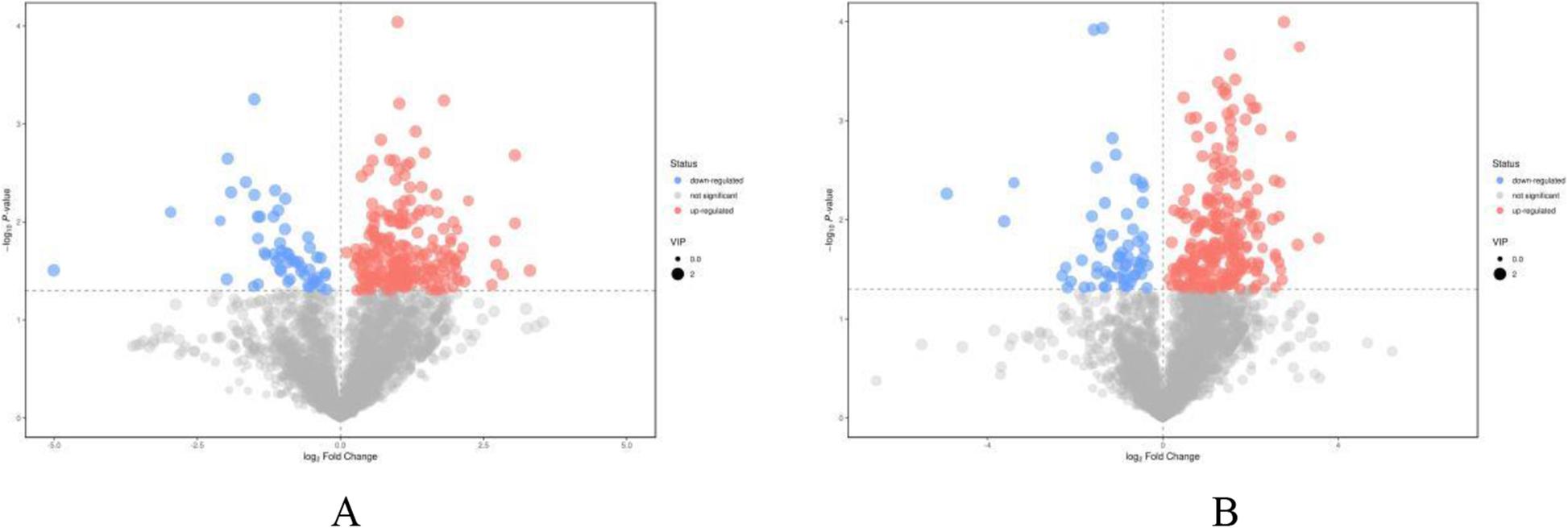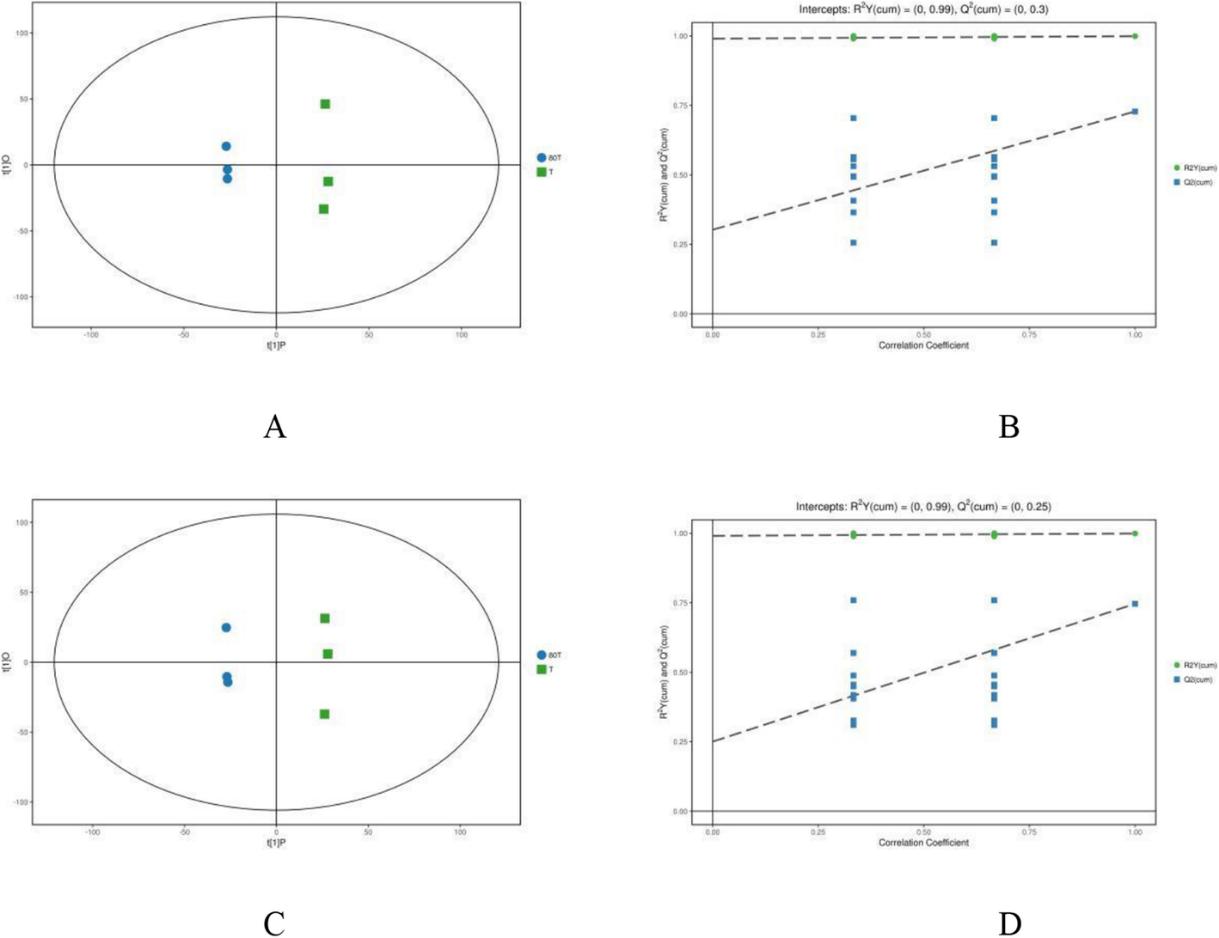Camellia sinensis, commonly known as the tea plant, is a species of evergreen shrub or small tree whose leaves and leaf buds are used to produce tea. This plant is native to East Asia, including China, Japan, and Korea, and is cultivated in various regions around the world for its economic and cultural significance. The two main varieties of tea produced from Camellia sinensis are Camellia sinensis var. sinensis (Chinese tea) and Camellia sinensis var. assamica (Assam tea), each with distinct characteristics.
Metabolomics, which is the study of the small molecules involved in cellular metabolism, has been applied to Camellia sinensis to gain insights into its biochemical processes, growth, and quality of tea production. Metabolomics involves the comprehensive analysis of metabolites, which are the intermediates and end-products of metabolic pathways. By studying the metabolome of Camellia sinensis, researchers can understand how different factors, such as genetics, environment, and processing methods, influence the composition of bioactive compounds in tea leaves.
At Creative Proteomics, we employ advanced technologies to analyze and characterize these metabolites, providing valuable insights into the plant's growth, development, and response to environmental factors.
Metabolomics Analysis Methods We Offer
Targeted Metabolomics with Camellia sinensis:
In a targeted metabolomics study of Camellia sinensis, researchers would specifically select a set of metabolites of interest related to tea composition, flavor, or health benefits. For example, compounds like catechins, flavonoids, theanine, and caffeine could be chosen as target analytes. These compounds can be quantified using LC-MS or other appropriate techniques. By comparing their levels under different growth conditions, processing methods, or varieties, insights can be gained into the impact of these factors on the quality and bioactive compounds of Camellia sinensis.
Untargeted Metabolomics with Camellia sinensis:
Untargeted metabolomics can provide a comprehensive view of the metabolome of Camellia sinensis, uncovering not only known compounds but also novel ones. Researchers can analyze the entire range of metabolites present in tea leaves, identifying changes in response to factors like cultivation conditions or processing techniques. By integrating these findings with metabolic pathway databases, new insights into Camellia sinensis metabolism and potential bioactive compounds can be revealed.
Integration of Targeted and Untargeted Approaches:
For a holistic understanding, you can integrate both targeted and untargeted approaches. For instance, targeted analysis can focus on quantifying specific compounds like catechins, while untargeted analysis would capture the broader metabolic context. This integration allows you to assess changes in known compounds while also identifying new metabolites that might contribute to tea properties or adaptations to environmental changes.
Specific Camellia sinensis Analysis Projects We Provide
Secondary Metabolite Profiling: Delve into the diverse array of secondary metabolites in Camellia sinensis, including flavonoids, catechins, theaflavins, and alkaloids. Identify and quantify these bioactive compounds to understand their variations and potential health benefits.
Environmental Stress Responses: Explore how Camellia sinensis responds metabolically to environmental stresses such as temperature fluctuations, drought, and pests. Gain insights into the adaptive mechanisms of tea plants under adverse conditions.
Quality Control of Tea Products: Ensure the quality and authenticity of tea products using metabolomics. Identify biomarkers and metabolite patterns that reflect the processing methods, geographic origin, and overall quality of Camellia sinensis products.
Comparative Metabolomics: Compare metabolite profiles among different Camellia sinensis varieties or various parts of the plant (leaves, stems, roots). Uncover varietal differences and organ-specific metabolic pathways that contribute to the diverse properties of tea.
Biochemical Pathway Mapping: Map out the complex biochemical pathways involved in the synthesis of specific compounds within Camellia sinensis. Gain a comprehensive understanding of the biosynthetic processes underlying the formation of key metabolites.
Flavor and Aroma Analysis: Investigate the volatile compounds responsible for the unique flavor and aroma of Camellia sinensis products. Profile these compounds to understand the factors influencing tea sensory attributes.
Processing Impact Assessment: Analyze the effects of different processing techniques on the metabolite composition of tea leaves. Link processing methods to changes in metabolite profiles and final product characteristics.
Health-Promoting Compounds: Identify and quantify bioactive compounds like antioxidants and polyphenols that contribute to the potential health benefits of Camellia sinensis consumption.
Bioinformatics and Pathway Enrichment Analysis: Leverage advanced bioinformatics tools to analyze and interpret metabolomics data. Perform pathway enrichment analysis to uncover the metabolic pathways that are significantly affected in Camellia sinensis under different conditions.
Transcriptomics-Metabolomics Integration: Combine transcriptomics and metabolomics data to explore the intricate relationship between gene expression and metabolite composition in Camellia sinensis.
Epigenetic Regulation: Study the role of epigenetic mechanisms in Camellia sinensis growth and metabolic regulation, including DNA methylation and histone modifications.
Metabolomics in Breeding: Utilize metabolomics to support Camellia sinensis breeding by identifying metabolites associated with quality and yield traits, accelerating the development of new tea varieties.
Metabolomics and Functional Genomics: Integrate metabolomics with functional genomics to understand the interplay between genes and metabolism in Camellia sinensis, including genetic effects on metabolic pathways.
Metabolomics in Climate Change Studies: Analyze climate change effects on Camellia sinensis growth, metabolism, and quality, providing insights for adapting agricultural practices.
Metabolomics for Traditional Medicine: Explore the use of Camellia sinensis in traditional medicine, identifying bioactive compounds and supporting herbal pharmacology studies.
Metabolomics in Nutritional Studies: Study Camellia sinensis nutritional value, analyzing its impact on human health and contributing data to nutritional research.
Camellia sinensis Metabolomics Analysis Techniques
Liquid Chromatography-Mass Spectrometry (LC-MS): LC-MS combines liquid chromatography for separation with mass spectrometry for detection. It's versatile for profiling various metabolites in Camellia sinensis, including catechins, flavonoids, and alkaloids. Common instrument model: Agilent 1290 Infinity LC System coupled with Agilent 6550 iFunnel Q-TOF MS.
Gas Chromatography-Mass Spectrometry (GC-MS): GC-MS is suitable for volatile compound analysis, such as aroma compounds in Camellia sinensis. It separates compounds based on volatility and provides high-resolution spectra. Common instrument model: Agilent 7890B GC System coupled with Agilent 5977B MSD.
Nuclear Magnetic Resonance Spectroscopy (NMR): NMR provides structural insights into metabolites, aiding identification and characterization. It's non-destructive and offers quantitative information. Common instrument model: Bruker Avance III HD NMR Spectrometer.
Data Processing and Statistical Analysis: Advanced software like XCMS, MetaboAnalyst, and PathVisio are used for processing large metabolomics datasets, performing multivariate analysis, and mapping metabolic pathways.
 Workflow for Plant Metabolomics Service
Workflow for Plant Metabolomics Service
Sample Requirements for Camellia sinensis Metabolomics
| Sample Type |
Sample Amount |
Sample Preparation |
| Fresh Leaves |
50-100 g |
Freeze in liquid nitrogen, homogenize |
| Dried Leaves |
5-10 g |
Grind into fine powder |
| Leaf Extracts |
100-500 mg |
Extract with suitable solvent |
| Infusions/Extracts |
1-2 mL (liquid) |
Filter and prepare for analysis |
| Tea Powder Drinks |
1-5 g |
Dissolve tea powder and prepare |
| Roots/Stems |
Depending on type |
Chop, freeze in liquid nitrogen, homogenize |
| Root/Stem Extracts |
100-500 mg |
Extract with suitable solvent |
| Flowers/Fruits |
Depending on type |
Chop, freeze in liquid nitrogen, homogenize |
| Flower/Fruit Extracts |
100-500 mg |
Extract with suitable solvent |
Case 1. Intercropping Boosts Green Tea Quality: Metabolite Profiling and Flavor Impact
Background:
Intercropping systems, such as the one involving Chinese chestnut and tea plants, have been explored to enhance the quality of green tea. The interaction between these plants and their impact on metabolite profiles contribute to improved taste, aroma, and potential health benefits of the tea.
Samples:
The study analyzed green tea samples from an intercropping system established in the 1980s, specifically those grown on Baohong Mountain (80 T), and compared them with pure tea cultivation samples. The goal was to assess the impact of the intercropping system on tea quality.
Methods:
1. LC-QTOFMS-based non-targeted metabolomics:
Liquid Chromatography Quadrupole Time-of-Flight Mass Spectrometry (LC-QTOFMS) is a powerful analytical technique used to identify and quantify a wide range of metabolites in a sample. In non-targeted metabolomics, the approach aims to comprehensively profile all detectable metabolites without specific prior knowledge of their identities. LC-QTOFMS separates the complex mixture of metabolites in a sample based on their chemical properties and mass-to-charge ratios. Mass spectrometry then generates mass spectra for each separated compound, providing information about its molecular mass and fragmentation pattern. By comparing mass spectra with databases and using advanced software, researchers can identify metabolites and assess their relative abundances.
2. UHPLC-MS/MS targeted metabolomics:
Ultra-High Performance Liquid Chromatography with Tandem Mass Spectrometry (UHPLC-MS/MS) is a more targeted approach that focuses on specific classes of metabolites. It offers high sensitivity and selectivity for detecting and quantifying known compounds. In this technique, the liquid chromatography system separates the metabolites based on their chemical properties, and the tandem mass spectrometry provides detailed structural information about the compounds by fragmenting them into smaller ions. By using reference standards and calibration curves, researchers can quantify the abundance of targeted metabolites in the samples.
3. Multivariate analysis:
Multivariate analysis is a statistical approach used to analyze complex data sets that involve multiple variables. In metabolomics, it's applied to interpret the intricate relationships and patterns among metabolite data. Principal Component Analysis (PCA) and Partial Least Squares-Discriminant Analysis (PLS-DA) are common multivariate techniques. PCA reduces the dimensionality of the data while retaining its variability, allowing researchers to visualize sample groupings or clusters. PLS-DA, on the other hand, aims to find correlations between the metabolite data and sample classes, helping identify metabolites responsible for differences between groups.
Results
Amino Acid Content: Intercropping led to the upregulation of multiple amino acids with sweet, umami, and floral flavors, contributing to the enhanced taste and aroma of the green tea.
Organic Acids: Various organic acids, including allantoate, XA (xanthurenate), and 2-furoic acid, were upregulated in the intercropping samples. These compounds could influence flavor, sweetness, and potential health benefits.
Carbohydrates: Intercropping resulted in increased levels of sugars and sugar alcohols, potentially enhancing the sweetness and overall taste of the green tea.
Flavonoids: Flavonoid profiles were notably different between intercropping and pure tea samples, with a decrease in bitter compounds and an increase in compounds with potential health benefits and improved flavor.
Pathway Analysis: Amino acid metabolism, flavone and flavonol biosynthesis, and phenylalanine metabolism pathways were significantly impacted by the intercropping system, highlighting their relevance to flavor and bioactivity enhancement.
In conclusion, the study demonstrated that the intercropping system with Chinese chestnut and tea plants positively influenced the metabolite profiles and quality of green tea. This comprehensive analysis illuminated the specific compounds and pathways responsible for the improved taste, aroma, and potential health benefits of the intercropped tea.
 The volcano plots of positive (a) and negative (b) modes based on the non-target metabolomics in the tea samples of 80 T (intercropping) vs. T (monoculture).
The volcano plots of positive (a) and negative (b) modes based on the non-target metabolomics in the tea samples of 80 T (intercropping) vs. T (monoculture).
 OPLS-DA models based on the non-target metabolomics for the data from positive (a, b) and negative (c, d) ionization modes for the tea samples of 80 T (intercropping) vs. T (monoculture)
OPLS-DA models based on the non-target metabolomics for the data from positive (a, b) and negative (c, d) ionization modes for the tea samples of 80 T (intercropping) vs. T (monoculture)
Reference
- Wu, Tian, et al. "Non-targeted and targeted metabolomics profiling of tea plants (Camellia sinensis) in response to its intercropping with Chinese chestnut." BMC Plant Biology 21 (2021): 1-17.


 Workflow for Plant Metabolomics Service
Workflow for Plant Metabolomics Service The volcano plots of positive (a) and negative (b) modes based on the non-target metabolomics in the tea samples of 80 T (intercropping) vs. T (monoculture).
The volcano plots of positive (a) and negative (b) modes based on the non-target metabolomics in the tea samples of 80 T (intercropping) vs. T (monoculture). OPLS-DA models based on the non-target metabolomics for the data from positive (a, b) and negative (c, d) ionization modes for the tea samples of 80 T (intercropping) vs. T (monoculture)
OPLS-DA models based on the non-target metabolomics for the data from positive (a, b) and negative (c, d) ionization modes for the tea samples of 80 T (intercropping) vs. T (monoculture)